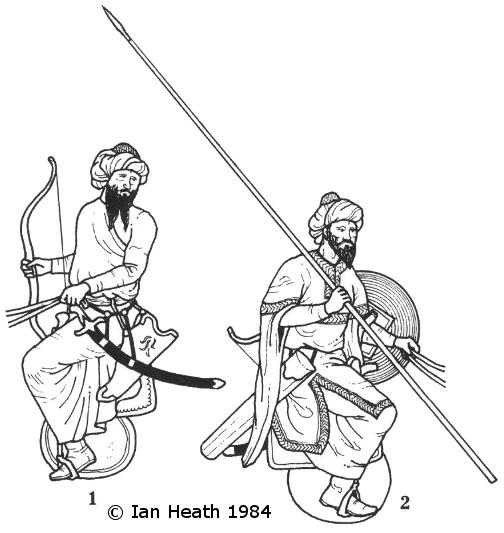
Try Amazon Audible Plus
OTTOMAN SIPAHIS, 14th-15th CENTURIES
An extract from Armies of the Middle Ages, Volume 2by Ian Heath
 |
|
| [Based on Très Riches Heures du Duc de Berri, folio 51v: The Meeting of the Magi] | [Based on Très Riches Heures du Duc de Berri, folio: 52r Adoration of the Christ Child] |
